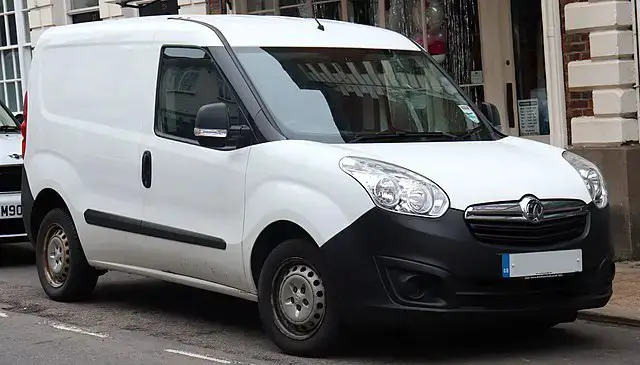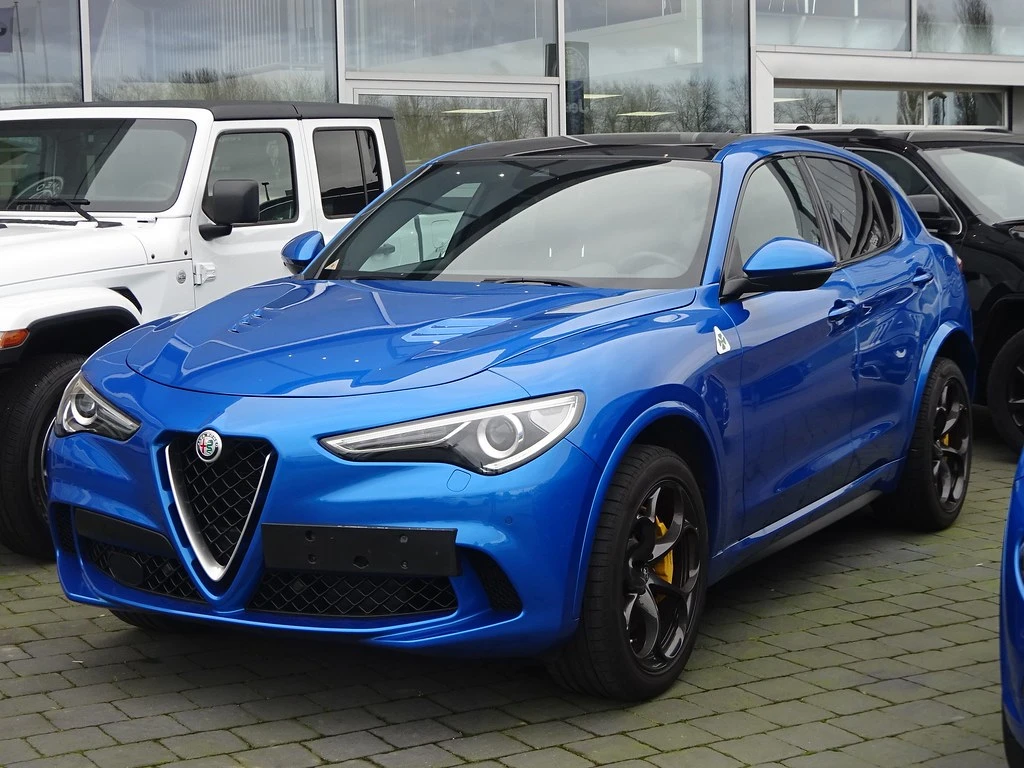Review : Opel Combo D ( 2011 – 2017 )

Opel Combo D, another car that sang the end of the love affair between Opel and General Motors. But at least the Opel Combo D remains one of the best small commercial vehicles and remains the champion amongst the working class and failed the class again in terms of comfort.
And that should be something that Opel should think about. Opel Combo D is either a fleet car for delivery or a commercial car for the entrepreneur at the beginning of the road and there are great chances that he will also be the driver. Because an entrepreneur at the beginning of the road always does the company management, deals with marketing, deals with suppliers, takes orders, invoices, delivery orders, receipts, accounting, washing toilets, paying taxes to the state and so on. And yet the Opel Combo D has done its job on the market.
How did Opel Combo D survive when Opel was so deep in the pit that you could see Adele rolling in it?
- General Motors already knew that the end was near for Opel, so they didn’t bother with investing and innovating. So they turned to partnership and because they had been using Fiat engines for hundreds of years anyway, now they have decided to buy a car altogether and so the Opel Combo D is a Fiat Doblo with Opel written on it. The only difference between them, apart from the logo, is the steering wheel. Otherwise they are identical. And the Fiat Doblo has always been a successful van, so they played it safe by copying a good car.
- The previous generation Opel Combo had broken the commercial van market by making it the most spacious van in its class. The Opel Combo C was built from the start on the premise that it should fit a europallet, anything else (such as comfort) is secondary to it. So the Opel Combo D had to carry the torch further and so the brought over the special edition “2300” which had a load capacity of 1000 kg, by far the biggest in its class. Most of the competing vans like Kangoo or Caddy stopped somewhere around 750 kg, and Combo D simply crushed them.

Opel Combo D Engines
Petrol
- 1.4 MPI of 95 horsepower – The legendary 1.4 FiRE bolted on just about anything from Fiat Bravo to Fiat Tipo, this engine makes serious competition to the legendary 1.4 MPI on the Dacia Logan. It is so reliable that if the timing belt breaks and flies off, the engine does not suffer any sort of damage. Sure, it’s as muscular as Graham Norton, but when you deliver stuff through the city do you really need 100 horsepower?
- 1.4 Turbo of 120 horsepower – The engine is decent in itself, being lifted straight from the Astra K but not as durable as the naturally aspirated version. You should know instead that it is the only engine that comes with the M32 manual transmission, which is as efficient as Uber Costumer Service and as reliable as Fakiru when he tries to snort milk and faint on TV.
Diesel
- 1.3 CDTi of 90 and 95 horsepower – The same 1.3 CDTi we have been used to since we discovered fire 400,000 years ago, only that today it is brought to Euro 5 and Euro 6 standards.
- 1.6 CDTi of 90, 95 and 100 horsepower – An absolutely decent diesel, which was the parting gift between Opel and Fiat. Fiat built it and Opel improved it, so it’s the best diesel for the Opel Combo D. Plus this beloved son was the only one who received a 5-speed DualLogic semi-automatic transmission and we know very well from Dacia how good these semi-automatic gearboxes are. They are as good as when you won the lottery but lost the ticket. Or when you buy an inflatable doll but then she tells you that she just wants to be friends.
- 2.0 CDTi of 136 horsepower – Famous for the scandals caused on the Opel Insignia A, this mechanical abortion was also available on the Combo for 5 minutes on the dealership menus, after which it disappeared as mysteriously as Jack Ma and then to be seen again, making Amazon deliveries through London. The issues were solved only in 2014 but a year later the engine was removed from the program schedule altogether.

Opel Combo D General Issues
- I’ll start with the big and moist one, namely the diesel engines. Yes, there are people who buy vans with petrol engines, but most will go for the diesel. And the Euro 5 and Euro 6 rules make their reliability fall just like a sack of potatoes falls from the attic. The particulate filter, injectors, EGR and all sorts of problems make these commercial vans weak for the urban traffic. So weak that Graham Norton looks like Zack Khan.
- We continue the trend and we take the start / stop system for a beating because it comes standard on all cars so that the emissions values will be compliant. And if you don’t already know, the start / stop system is the death of the passion but also of the starter, and the vans are even more exposed to this problem. So be sure to always turn it off when you start the car.
- You’ll laugh at this one initially, but the Opel Combo D comes standard with turn signals in mirrors, and if you know anything about urban traffic and how delivery vans are being used, you’ll immediately understand it’s a worse idea than when you go to ask if she goes out with you on the premise that “the worst answer she can give is no” and she actually answers with “eeeewwwww gross”.
- Another specific thing for the Opel Combo D is the glove compartment that has acres of space and any documents you put there will be lost in a vacuum greater than the vacuum in my life when Scarlet Johannson had breast reduction surgery.

Opel Combo D Verdict
Opel Combo D remains one of the best commercial vehicles in its class. Or rather I would say this Fiat Doblo with Opel logo and Opel steering wheel. However, so far it has lived off the reputation of practicality and the reputation of the 1.3 diesel. But now that diesel engines are no longer viable for the city, you are left with only the van with the highest load capacity in its class, 1000 kg. With over 250 kg more than the competition, do you realize how many extra packages fit on one trip?
What engines do I recommend? Most likely I will recommend the 1.6 CDTi diesel for the long haul, but the best Combo shines in the city and there the 1.4 and 95 horsepower naturally aspirated petrol is by far the best engine.
Similar Articles

Review : Nissan Juke F16 (2019 – present)

Review : Alfa Romeo Stelvio 949 ( 2017 – prezent )

Review : Nissan Juke F15 (2011 – 2019)
Write an answer
- Review : Nissan Juke F16 (2019 – present) 23 February 2025
- Review : Alfa Romeo Stelvio 949 ( 2017 – prezent ) 15 March 2025
- Review : Nissan Juke F15 (2011 – 2019) 23 February 2025
- April 2025
- March 2025
- February 2025
- January 2025
- December 2024
- November 2024
- October 2024
- August 2024
- July 2024
- June 2024
- May 2024
- April 2024
- March 2024
- February 2024
- January 2024
- December 2023
- November 2023
- October 2023
- September 2023
- August 2023
- July 2023
- June 2023
- May 2023
- April 2023
- March 2023
- February 2023
- January 2023
- December 2022
- November 2022
- October 2022
- September 2022
- August 2022
- July 2022
- June 2022
- May 2022
- March 2022
- April 2021
- January 2021
- December 2020
- November 2020
- October 2020
- September 2020
- August 2020
- July 2020
- March 2020